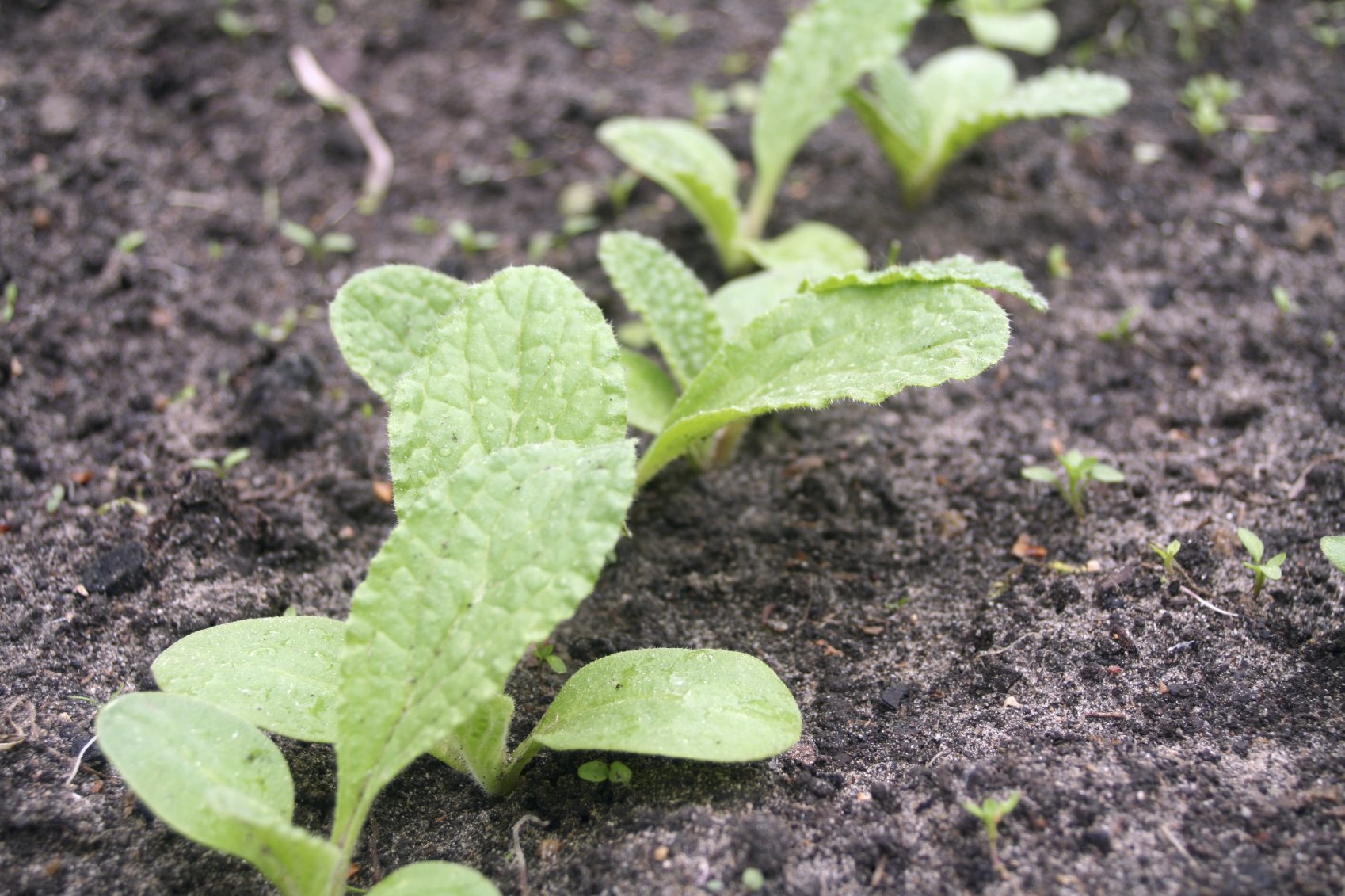Borage Seed Growing – How To Plant Borage Seeds


Borage is a fascinating and underrated plant. While it’s completely edible, some people are turned off by its bristly leaves. While the older leaves do develop a texture that not everyone finds pleasant, the younger leaves and flowers provide a splash of color and a crisp, cucumber flavor that can’t be beaten. Even if you can’t be convinced to bring it into the kitchen, borage is a favorite of bees to such an extent that it’s often called Bee Bread. No matter who’s eating it, borage is great to have around, and so easy to grow. Keep reading to learn about borage seed propagation and growing borage from seeds.
Borage Seed Growing
Borage is a hardy annual, which means that the plant will die in a frost, but the seeds can survive in the frozen ground. This is good news for borage, as it produces a huge number of seed in the fall. The seed falls to the ground and the plant dies, but in the spring new borage plants emerge to take its place. Basically, once you’ve planted borage once, you never need to plant it in that spot again. It reproduces only by dropped seed, though, so you don’t have to worry about it spreading across your garden while you’re not looking. Don’t want it anymore? Simply pull up the plant in early summer before the seeds have dropped.
How to Plant Borage Seeds
Borage seed propagation is very easy. If you want to collect seeds to give away or plant elsewhere in the garden, pick them off the plant when the flowers begin to wither and brown. The seeds can be stored for at least three years. Growing borage from seeds is just as easy. The seeds can be sown outdoors four weeks before the last frost. Sprinkle them on the ground and cover them with half an inch (1 cm.) of soil or compost. Don’t start borage seed growing in a container unless you intend to keep it in that container. Growing borage from seeds results in a very long taproot that does not transplant well.
Sign up for the Gardening Know How newsletter today and receive a free copy of our e-book "How to Grow Delicious Tomatoes".

The only child of a horticulturist and an English teacher, Liz Baessler was destined to become a gardening editor. She has been with Gardening Know how since 2015, and a Senior Editor since 2020. She holds a BA in English from Brandeis University and an MA in English from the University of Geneva, Switzerland. After years of gardening in containers and community garden plots, she finally has a backyard of her own, which she is systematically filling with vegetables and flowers.